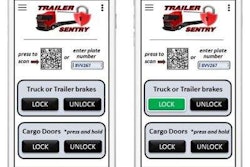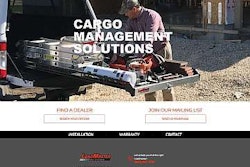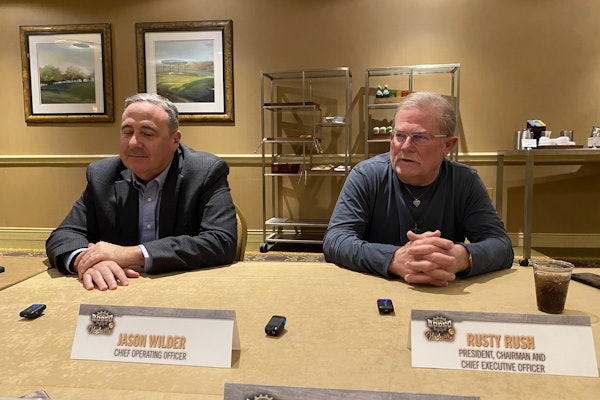I’m going to start this month’s editorial by being honest with you: The articles featured within this month’s magazine were not easy to write. I knew they wouldn’t be — the topic of brand perception and the challenges premium brands face in today’s evolving aftermarket has been a hot-button issue for quite some time.
Still, it wasn’t until I dove into the topic headfirst that I discovered how layered and nuanced opinions truly are. This industry is filled with extremely dedicated and passionate people who care about the success of their businesses and the industry, at large. Suppliers and distributors, alike, are emotionally invested in this business. I think that’s one of the reasons it remains so strong.
I also think it’s one of the reasons why, when it comes to the topic at hand, opinions are so varied. Everyone wants what’s best for the independent after-market, even if they don’t always agree on the best ways to get there.
From the sidelines I understand a lot of the industry’s opinions. I see why premium suppliers are supplementing their genuine OE aftermarket part numbers with all-makes value lines. I know why OEMs, dealers and some independents are drawn to private labels and white box parts. Customer purchasing trends are changing. You can only let so many customers walk away before you do something.
On the flip side, I can’t blame independent distributors who balk at this transition. No one wants to chase price. It’s a rabbit hole with no Wonderland at the bottom (though I guess that was no picnic, either). Once you start cutting margin it becomes unbelievably difficult to get it back. There’s also the matter of customer satisfaction. If you tell a customer you’ll solve his every problem, your best chance to do so successfully is to sell him a genuine replacement part every time.
The aftermarket’s concern about counterfeit and mystery offshore products seems to be the only area where most in the channel are in agreement, but those parts are so removed from the brand conversation they almost aren’t relevant. Customers who have always bought first-fit branded replacement parts aren’t suddenly shifting all the way to knockoffs.
In this world of diminishing brand equity, I think the future for aftermarket distributors is to focus inward. There’s nothing you can do or say to ensure the branded lines you sell will forever be viewed the way you’d like. That ship has sailed.
You have to focus on what you can control, and that’s the name on your door. Make your customers loyal to your brand, not the one on the box.
Some of this can be done with messaging. Rather than printing sales sheets exclusively pushing brands X, Y and Z, use language that says you sell “genuine OE direct re-placement parts” and “offer a wide selection of all-makes products.” If you want to throw logos on those sheets I wouldn’t stop you, but it’s time to acknowledge logos, alone, don’t sell parts anymore. At least not to everybody.
Also, track absolutely everything. If a customer alters a stock order to a lower-tier product, ask him why, then make a note of his response.
If the new part has a 50,000-mile life cycle, check in with the customer at 40,000 miles and make sure everything’s OK. Record lifetimes for every part you’re selling. Customers will be more responsive to you and the brands you represent if you can say “our customers are averaging 68,000 miles on X and 52,000 miles on Y.” That’s not just marketing speak. That’s hard data, and it’s data that’s directly relevant to the customer.
You need to provide more than a good product at a good price.











